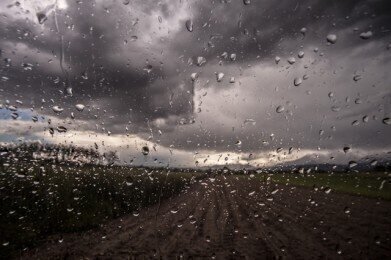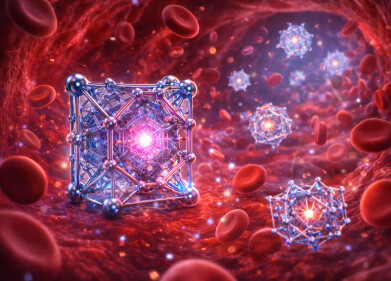News
Does Rain Clean the Air?
Jun 12 2016
From London’s endless winter drizzle to the tropical thunderstorms of the Caribbean, rainfall is what makes Planet Earth tick. We know it provides crucial hydration to plants, animals and people, but does it actually clean the air? Some people believe that it does, however scientifically speaking the answer is a definitive no.
In fact, when rain falls on ploughed fields it can do the complete opposite. As droplets hit the ground they disturb millions of microscopic organic particles. These are made up of decomposing plant and animal matter. As a result, the air actually becomes dirtier. That said, it’s not necessarily a bad kind of dirty. Organic particles play an important role in freezing and expanding cloud contained moisture, which triggers further rainfall.
Stirring up a storm
In the past, agricultural scientists assumed that the airborne particles were stirred up by natural forces such as wind and sea spray, or human activities like farming. Now, scientists at Washington’s Pacific Northwest National Laboratory have confirmed that rainfall can also lift particles. Together with his team of colleagues, Alexander Laskin used ultra-advanced high-resolution microscopes to analyse a myriad of airborne particles sourced from Oklahoma’s Southern Great Plains – a sprawling agricultural region located in the USA’s midwest.
In every sample they found that between one to two thirds of airborne dust was made up of miniscule, 0.5-micrometre-wide spherical particles. All were composed of carbon, oxygen and nitrogen. As wind direction varied on every occasion, scientists concluded that the particles materialised from the soil itself. Furthermore, rainfall was recorded before each sampling phase, which supports the theory that precipitation forced the organic particles to become airborne.
Laskin explains the process, saying that as rainfall puddles it actively dissolves organic matter within the soil. “Splashing of subsequent raindrops creates air bubbles, which rise upwards and burst, ejecting a fine mist of organic matter, which then dries into tiny solid spherical balls,” he says.
Making it rain
For the agricultural industry the discovery reveals exciting new insight into rainfall patterns. Ultimately, it confirms the theory that thanks to ‘dirty’ air, the chances of precipitation increase following a rainstorm. In other words, rain can often spawn more rain.
“This type of particle is not considered in things like climate models, and yet in some places they could have a significant effect,” comments Laskin.
With heightened technology comes opportunities for greater insight into scientific processes. In the same way that high-resolution microscopes are allowing scientists to pinpoint rainfall patterns, nanomedicine is having an enormous effect on 21st century healthcare. ‘Nanomedical Cancer Innovations Nanoparticle treatments could prove a powerful new force against cancer’ explores the multi-billion-dollar field, and what it means for modern medicine.
Digital Edition
Lab Asia Dec 2025
December 2025
Chromatography Articles- Cutting-edge sample preparation tools help laboratories to stay ahead of the curveMass Spectrometry & Spectroscopy Articles- Unlocking the complexity of metabolomics: Pushi...
View all digital editions
Events
Jan 21 2026 Tokyo, Japan
Jan 28 2026 Tokyo, Japan
Jan 29 2026 New Delhi, India
Feb 07 2026 Boston, MA, USA
Asia Pharma Expo/Asia Lab Expo
Feb 12 2026 Dhaka, Bangladesh



















